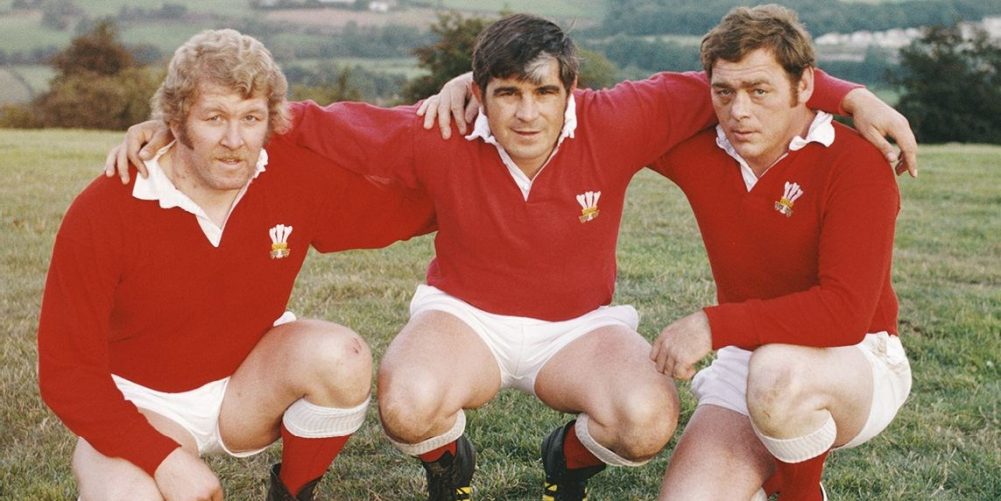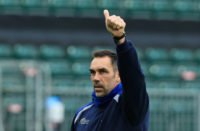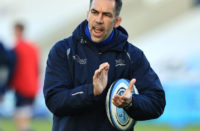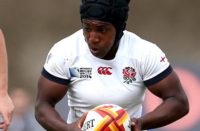THEgame has changed… if I had a pound for every time I've heard that, rich I might be. But has the game changed? Or is it that the referees interprete the same laws differently – maybe under guidance of World Rugby/RFU. There was a movement to make rugby safer even though it had existed for many years with only occasional bad injuries. These injuries were usually avoided by good coaching at school level in how to tackle correctly, where to put your head and what height you entered the tackle.
Plus rucking and mauling kept the big boys out the way of the pretty boys. Players weren't as big as now but they couldn't be as they would not have lasted the game, with no substitutions unless for injury. It might not have been pretty for all to watch a proper scrummage, but to those who knew, it was a thing of technical beauty.
The hooker gave his instructions as to whether he wanted lifting or lowering from his props and the level of drive from the locks who controlled the secured ball (while pushing) back to the No.8 with the annoying scrum-half taking over – if scrum- halves weren't annoying they weren't as effective.
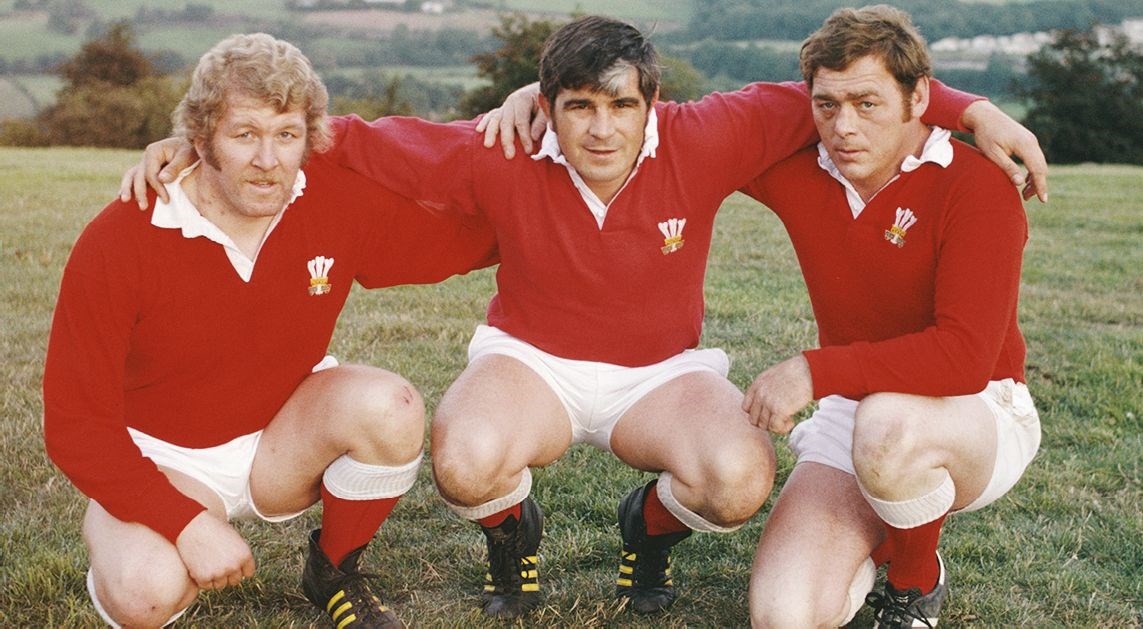
Many a time on the return to the changing room the front row would announce their victory no matter the result. The props were quite often fellows who had been the brunt of fat jokes in early school but became the keystone of the pack, honing their bodies into fine athletic, drinking machines. They usually had a smaller mate, the hooker, always hunting in threes no matter where they were. Most famous must be the Pontypool front row, who as a unit played for Wales and the Lions.
Lineouts were hellishly technical. First you had to remember the calls, then if it was your ball you had to leap like a salmon, avoiding your opponent's attempts to stamp on your feet, and clutch the ball from a “great height”.
Second rows weren't just the tallest, but fitted together like a glove enabling the best controlled driving possible. Then you handed control to the little fella again who would snipe or whip it out to the stand-off who in turn would put into operation one of several pre-planned moves with the ballerinalike centres and wingers. These were the little nippy chaps who couldn't be 18 stone or they would have sunk half way down the wing in the mud baths of pitches.
The full-back was usually a six-footer who could catch the high ball and run, kick or pass, with the very best knowing where the ball was headed and beat its arrival. Bob Hiller is a great example – he rarely ran as he was always there first!
The back row was an assortment of sizes. No.8 was normally on the large side controlling the rear of the scrum, the flankers were a little smaller enabling them to protect the scrum-half or scavenge to recover possession – Neil Back, Peter Winterbottom and Richie McCaw prime examples.
The mighty collisions of today's game rarely happened – you didn't get the time or space to line them up so concussions were rare. There was something for everyone and fun for all. A return to the old ways would be safer and more enjoyable… can we go back?

